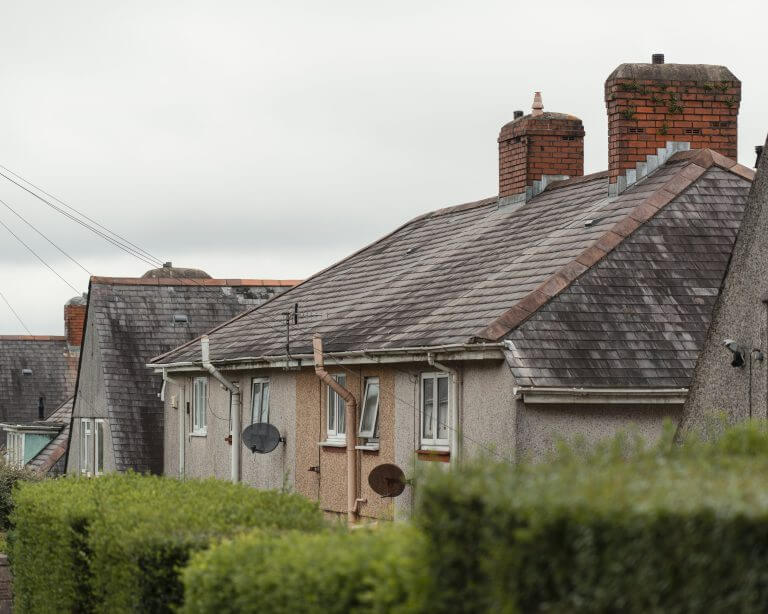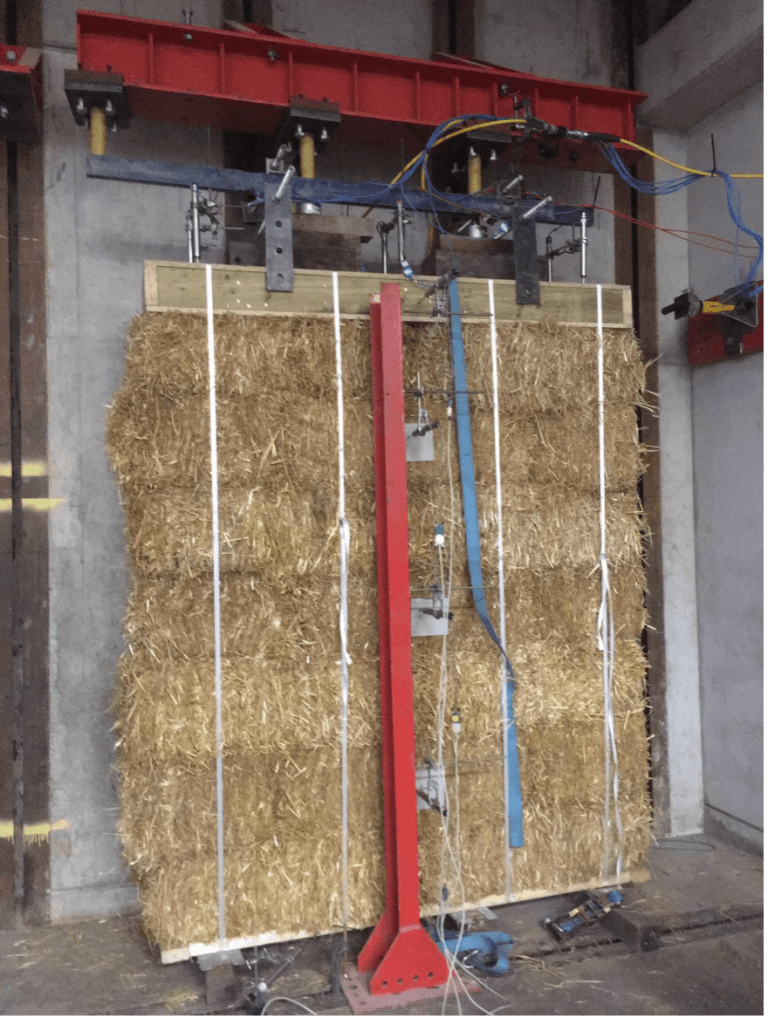

Providing the core thread through the Transforming Homes GTE project, state-of-the-art knowledge is being combined with innovative research involving expertise from a variety of stakeholders to develop a catalogue of solutions to support the transformation of 1920-1940 council housing in the UK.
Find out more
Find out more
Find out more
1920s-1940s council-built housing are now around 100 years old, and often do not meet the needs of their residents. Despite adaptations made over time, these houses do not always address our evolving lifestyles, spatial use patterns, and the way families want to interact. Solutions are required that enable our homes to be adapted to better accommodate family structures, lifestyles, interactions, and spatial needs.

Current retrofit practice often relies on synthetic, non-renewable materials that can have adverse impacts and, if not properly executed, can lead to issues like damp and poor indoor air quality.
Supporting the increased use of renewable and locally sourced bio-based construction materials and products to enhance the performance of housing is a key part of the Transforming Homes GTE project.

Transforming Homes GTE team is exploring the use of solutions to lower energy demand, supply renewable energy, and enable energy storage. These technologies are critical in reducing reliance on fossil fuels and lowering carbon emissions.

Explore articles related to our research.
1920s-1940s council-built housing are now around 100 years old, and often do not meet the needs of their residents. Despite adaptations made over time, these houses do not always address our evolving lifestyles, spatial use patterns, and the way families want to interact. Solutions are required that enable our homes to be adapted to better accommodate family structures, lifestyles, interactions, and spatial needs.
Architectural design research includes exploring how different housing standards can guide the provision of adequate living spaces and examine the adaptability of these buildings to the changing needs and lifestyles of their residents.
We are also investigating the potential to integrate low carbon solutions, which may involve adjusting the form of the housing to enhance the efficiency and effectiveness of solutions whilst providing space throughout the building’s lifecycle.

Current retrofit practice often relies on synthetic, non-renewable materials that can have adverse impacts and, if not properly executed, can lead to issues like damp and poor indoor air quality.
Supporting the increased use of renewable and locally sourced bio-based construction materials and products to enhance the performance of housing is a key part of the Transforming Homes GTE project.
Bio-based solutions, derived from renewable resources such as natural fibres and timber, offer a promising, but still under-utilised, alternative. These products not only have lower embodied carbon but can also contribute to healthier indoor environments by allowing moisture to pass through, balancing humidity, and also being free of harmful chemicals.
Despite their benefits, bio-based materials and products currently occupy a much smaller market share in the UK than they do in some other European countries.
By exploring the feasibility of integrating these materials into the transformation of homes, our research aims to reduce whole life carbon emissions and environmental impact of the transformation process.
Prototype products, assemblies and systems are being physically tested and modelled to develop solutions and support the increased use of bio-based materials and products for the transformation of 1920s-1940s council-built homes. Properties explored include physical, thermal, hygric, and micro-structure of potential materials. Prototype building envelope solutions are being tested in the laboratory and the University of Bath’s environmental chamber test facility.

Transforming Homes GTE team is exploring the use of solutions to lower energy demand, supply renewable energy, and enable energy storage. These technologies are critical in reducing reliance on fossil fuels and lowering carbon emissions.
Dynamic energy models are being used to evaluate the performance of whole house designs to help the decision-making process. Our objective of achieving Beyond Net Zero will be further informed by carrying out life-cycle studies of supply chain choices.
Relevant and accurate data collection, which includes site surveys and monitoring, is enabling our modelling to provide valuable information used to evaluate design, materials, and technical interventions, including the integration of renewable energy supply and energy storage options.
